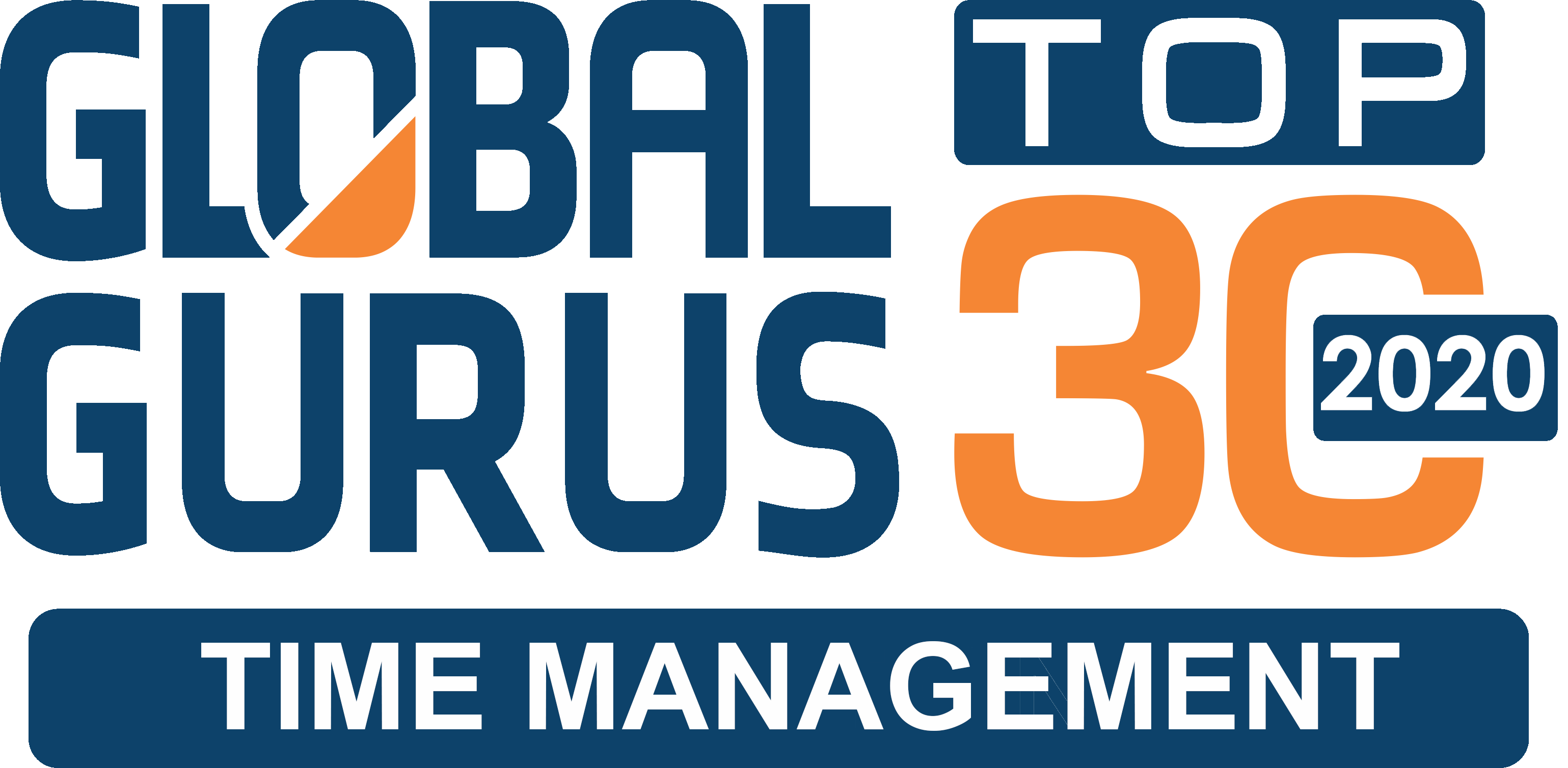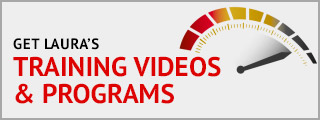 As you can likely attest, most business meetings waste productive time and last far longer than they should. But until we learn to communicate telepathically, meetings will remain a necessary evil—not only as a means of exchanging ideas and information, but also as a way of building relationships with others. That doesn’t mean you have to like them, but you can certainly make them more tolerable by applying these tips:
As you can likely attest, most business meetings waste productive time and last far longer than they should. But until we learn to communicate telepathically, meetings will remain a necessary evil—not only as a means of exchanging ideas and information, but also as a way of building relationships with others. That doesn’t mean you have to like them, but you can certainly make them more tolerable by applying these tips:
- Decide If the Meeting Is Even Necessary. Can you handle the issue with a few emails or a conference call? If so, do it. Why call a full meeting if you don’t need one?
- Start On Time. If people don’t arrive on time, tough. Start when you agreed to, and don’t start over just because individuals arrive late. Latecomers can check the minutes later to find out what you discussed before they arrived, or they can get notes from a colleague.
- Use a Facilitator. Have someone direct the meeting. Their role should include keeping the discussion on topic, acknowledging speakers, soliciting opinions from quieter attendees, and keeping a few people from dominating the meeting. They should also end the meeting on time. This will go easier if you make the agenda crystal clear well in advance. People need to know why they’re meeting and what you expect to accomplish as a result. Distribute the agenda and associated materials at least twenty-four hours in advance. Be clear at the end about what decisions were made, as well as who’s responsible for what and by when.
- Limit the Number of Attendees. If a meeting has little to do with particular people, don’t invite them. Send those who don’t attend a copy of the minutes if they need to have a general idea of what happened. It’s cheaper and simpler. The same goes for you attending other people’s meetings.
Put Your Foot Down
While business meetings may never be a blast, you can make them effective and efficient if you implement the points suggested here.
Laura Stack, MBA, CSP, CPAE, aka The Productivity Pro®, gives speeches and seminars on sales and leadership productivity. For over 25 years, she’s worked with Fortune 1000 clients to reduce inefficiencies, execute more quickly, improve output, and increase profitability. Laura is the author of seven books, including Doing the Right Things Right: How the Effective Executive Spends Time.



Another tip I would add to this article is to always have a structure to tasks. Assess what is the aim, timescale and always analyse results. This kind of structure is based on productivity.
Do you mean the tasks assigned in the meeting?